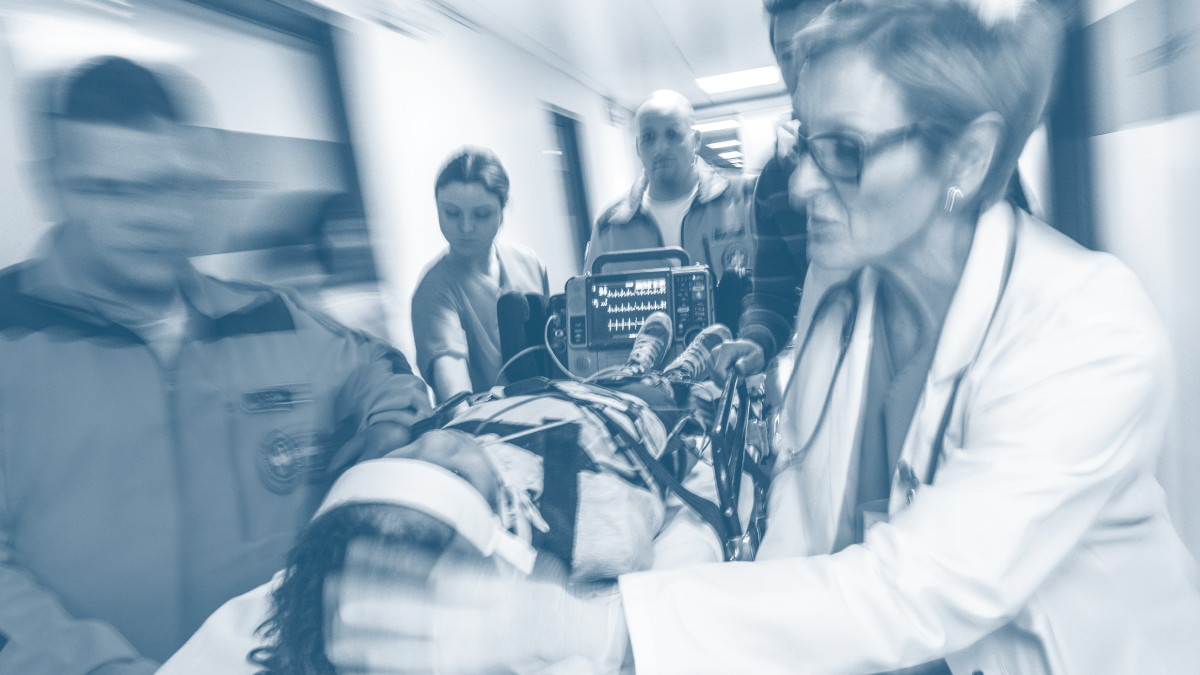The new trauma center verification standards from the American College of Surgeons (ACS) Committee on Trauma are due to start in September 2023. That’s now less than 60 days away. Pediatric Readiness is part of these new standards, and they apply to your organization even if you are an adult-only certified trauma center.
The new standards require all trauma centers to evaluate their pediatric readiness and to develop a plan to address any deficiencies. According to the standard, pediatric readiness “refers to infrastructure, administration and coordination of care, personnel, pediatric-specific policies, equipment, and other resources that ensure the center is prepared to provide care to an injured child.”
Meeting the many requirements for pediatric readiness – especially those related to medication safety – may seem daunting, but SafeDose can help. SafeDose’s web and mobile-based application simplifies pediatric medication administration and provides clear guidelines on pediatric safety. SafeDose has helped clinicians, nurses, pharmacists, and educators in 500+ hospitals become pediatric ready for emergency and everyday cases. SafeDose is specifically named in the Guidelines as a resource to help you fulfill the requirement needed for certification.
SafeDose can help you “check the boxes” in five specific areas of the Pediatric Readiness verification requirements in the Emergency Department checklist.’
This requirement mandates that you have evidence-based clinical pathways, order sets, or decision support available to providers in real time. SafeDose meets this requirement by providing decision support for nurses and other clinicians at the point of care when it comes to treatment algorithms and medicine administration.
1. Evidence-Based Guidelines
This requirement mandates that you have evidence-based clinical pathways, order sets, or decision support available to providers in real time. SafeDose meets this requirement by providing decision support for nurses and other clinicians at the point of care when it comes to treatment algorithms and medicine administration.
2. Guidelines for Improving Pediatric Safety
SafeDose provides a process for safe medication delivery that includes prescribing and administration. It also provides pre-calculated drug dosing and formulation guides that are easily accessible through any mobile or desktop device. SafeDose software provides pediatric-specific tools that can be used at the point of care and for training and education on topics such as triage, sepsis, anaphylaxis, respiratory, and shock.
3. Guidelines for Medication, Equipment, and Supplies
SafeDose is state-of-the-art medical software that is readily available to ensure proper sizing of resuscitation equipment and proper dosing of medication. It also provides a standard tool to estimate weight in kilograms if resuscitation precludes the use of a weight scale. With staffing shortages, drug shortages, and changing guidelines it’s difficult to feel prepared to care for these patients. The fact is: children aren’t little adults. They have unique needs and require specialized care.
4. Medications
SafeDose has the dosing, administration, and safety information for ALL the drugs specified in the Pediatric Readiness ED checklist. Acute drug administration for children still involves memory, manual math calculations, and encyclopedic medical reference knowledge that is not always accessible during medical emergencies. SafeDose eliminates the equations, simplifies the complex process, provides a check for clinicians, and ensures the right dose is administered to every child, every time.
5. Equipment/Supplies: General Equipment
SafeDose relies on weight (in kilograms) that assists physicians and nurses in determining the proper equipment size and correct drug dosing by weight and total volume. It also provides pain assessment scales appropriate for each age.
Lack of familiarity treating pediatric patients can lead to improper care and incorrect medication administration. That is why there is such a focus on caring for children in the verification standards. Treating pediatric patients presents several unique challenges that do not exist when caring for adults in the ED. Meeting the verification guidelines will not only help you earn certification but will also enable you properly handle treatment of a child in your ED, even if it is not a common occurrence.
For more information on how SafeDose can help you check these important boxes, contact us at info@safedoseinc.com.
